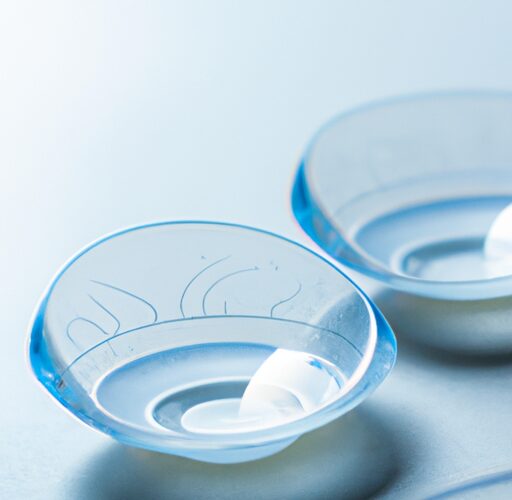Contact Lens Prescription vs. Glasses Prescription: What’s the Difference?
Introduction
Getting your eyes checked is something we all have to do at some point, especially if you are someone who suffers from vision problems. Glasses and contact lenses are two popular solutions to improve vision, but what’s the difference between the two? In this article, we’ll explore the key difference between a contact lens prescription and a glasses prescription.
The Similarities
First off, let’s dive into the commonalities between glasses and contact lens prescriptions. Both types of prescriptions require a comprehensive eye exam by a licensed optometrist or ophthalmologist to determine your level of refractive error, otherwise known as the strength of your prescription. The exam will involve a series of tests that will help the doctor ascertain the proper corrective prescription that will suit your unique eyesight needs.
The Differences
The main difference between glasses and contact lens prescriptions lies in the measurements taken during the eye exam. Think about it–glasses and contact lenses are worn differently, so the prescription will differ too. A glasses prescription is designed to correct your vision when placed a few centimeters from your eyes, while a contact lens prescription is for lenses that sit directly on your eye’s surface.
The Technicalities
When you’re getting a glasses prescription, the optometrist will measure the distance between your cornea and the glasses, known as the vertex distance. This is because when glasses are worn, they’re not actually sitting flush on the eye, but instead a few centimeters away. A contact lens prescription, on the other hand, will account for the curvature of your eye and the precise distance between the contact lens and your cornea.
Conclusion
So, what’s the difference between a contact lens prescription and a glasses prescription? The answer lies in the subtle technicalities of the eye exam. While both are designed to correct your vision, they require slightly different measurements to do so effectively. So the next time you see your optometrist, be sure to let them know which option you prefer, and they’ll be sure to give you the right prescription for you.

